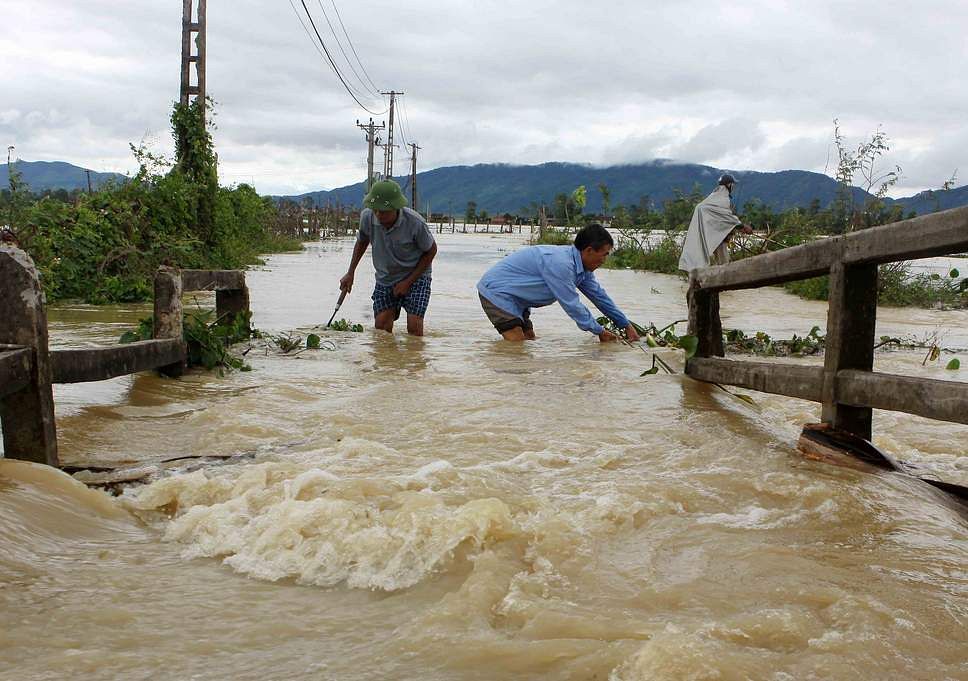About six months ago, Typhoon Damrey leveled the district of Nam Tra My.
Of more than 12 typhoons that struck Vietnam last year, November's Damrey was the deadliest, wreaking havoc in Da Nang and Nha Trang. Apart from big cities, other rural areas also caught in Damrey’s wake.
Nam Tra My District in Quang Nam Province, populated by the Ca Dong ethnic minority group, was one such example. In a district where the median income was already quite low, Damrey blew away local infrastructure and housing, causing trillions of dong in damage, according to VnExpress.
Half a year later, not much has changed. Many residents still live in a neighboring village, where they were relocated, and residents in Nam Tra My still don’t have a proper school. Currently, they are making do with a steel-and-canvas classroom described by a local teacher as “mosquito-infested.”
The displaced community is one reality of life in Vietnam, which sits directly in the line of fire of increasingly intense tropical storms. In the mountainside village of Nam Tra My, those storms disproportionately affect children, who have little recourse.
If any positives can be drawn, they lie in the renewed attention being brought to child labor in the country. Last summer, Vietnamese authorities met with the International Labor Organization (ILO) in Hanoi to discuss policy adjustments to make children less vulnerable to droughts, floods and typhoons.
"Natural disasters have a direct impact on children's survivability, physical health and mental well-being. In addition, poverty can force children to leave school and partake in economic activities to relieve the financial burdens their families may face," Nguyen Trong Dam, Deputy Minister of Labor, War Invalids and Social Affairs, told the conference in Vietnamese, according to Thanh Nien.
This claim is supported by dropout rates, which are much higher in rural regions, particularly those populated by ethnic minority groups, like the Ca Dong. One UNICEF study showed that between 40-50% of children in minority areas leave their school system before the upper secondary levels.
UNICEF estimated up to one million children were living in areas affected by Damrey and the subsequent flooding.
[Photo by Duc Hoang via VnExpress]














